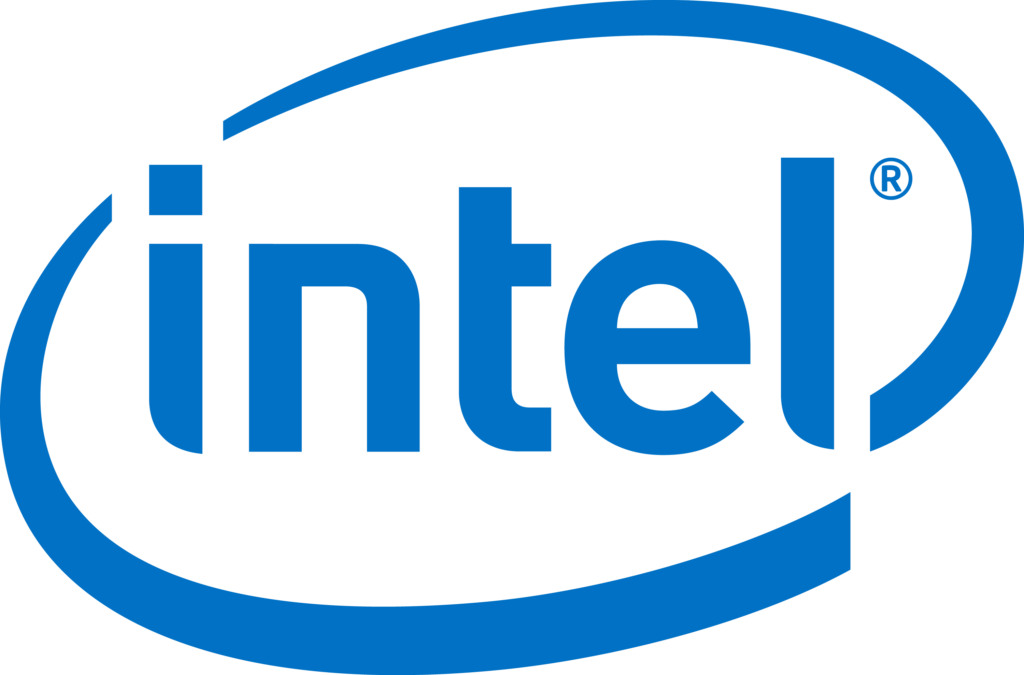After Andy Grove stepped down, Intel went from a company that could do no wrong to one that seemed to increasingly have trouble doing anything right, but that trend is reversing under Pat Gelsinger. During Grove’s tenure, the company was focused on market growth and creating the PC ecosystem. It funded its marketing group (as did Microsoft) and went from an unknown little company to one that dominated its segment. Its iconic Bunny People avatars were, in many ways, the equal of Ronald McDonald. When executing on all cylinders, Intel couldn’t be beat.
But after Grove left, the company struggled with direction, ethics, executive behavior, and lack of focus. It went into consumer electronics and failed, tried to go into smartphones and failed, had CEOs that had affairs in the company and badly damaged proper governance, and towards the end of the last decade, it appeared that the then CEO had gone completely off the rails and was putting the company at risk of going out of business.
But then Pat Gelsinger came back. Gelsinger trained under Andy Grove and had the greatest potential to right the ship. While this hasn’t been without unfortunate hiccups, at CES this year, Intel appeared more like the old Andy Grove Intel than the failing company it was last decade.
Let’s talk about that this week.
Losing Intel’s Sustaining Strength
Marketing was strong under Grove. Intel collaborated well with partners and effectively leveraged those partnerships into worldwide success, and while meeting milestone dates was often problematic, it delivered what was promised.
After Grove left, Intel took a big hit. It killed off the Bunny People, stopped focusing on driving new hardware designs, and seemed to focus more on taking share away from vastly smaller competitors (often using questionable ethics) rather than growing the market.
Intel took on Apple as a client, a firm infamous for abusing suppliers, and appeared to have forgotten its ethics in a failed attempt to take out Qualcomm. This was part of the problem. It forgot that competition is a good thing because it helps keep you focused, and sought instead (as Microsoft also unfortunately did) to eliminate that competition at almost any cost, ethical or not.
So, Intel started being known more for its failures than its successes.
Restoring Intel
Like Pat Gelsinger, I’ve also gone through formal CEO training, which is almost unheard of today. Proper CEO training requires learning not just one function but multiple functions within a company, so you inherently know what works and what doesn’t, making you less likely to be misled by a subordinate working in an area you don’t understand. Going beyond my training, Gelsinger has also had leadership positions in several companies in adjacent areas that Intel serves, giving him a far deeper understanding of storage, software, and services than he would have otherwise.
You could argue that Gelsinger is one of, if not the, best-trained CEOs in the market, rivaling AMD’s Lisa Su, who was in the same program I was trained in. While Su was partially trained by IBM’s Louis Gerstner, Gelsinger worked under Andy Grove and has a mental template of how to rebuild the company.
At CES this year, Intel had every one of the major PC OEMs on stage with Microsoft in what felt like how Intel operated in the 1990s under Grove. One big difference is that Intel doesn’t miss its dates now. It’s also aggressively exceeding expectations and accelerating the advancement of its technologies partially because of aggressively using AI in product development.
Intel is doing this while massively expanding manufacturing capacity and singlehandedly creating a stronger alternative to China’s manufacturing, which could potentially prevent a war with China by reducing the odds China would, or could, win such a war by outbuilding the West.
Wrapping Up
In Pat Gelsinger’s Q&A, he highlighted how the roll-out of the AI PC was repeating (hopefully with a better logo) the success Grove had with Centrino. And the talk on Intel in Automotive showcases how the company is now going after adjacent markets more intelligently. The company feels young again, and while there will be problems outside of Intel’s control that will adversely affect the firm going forward, like the Chinese sanctions and war in Israel, the company is executing at a level that is approaching Grove’s execution. Even marketing is stronger.
Intel still owns the PC market, and its health reflects directly on the health of that segment. So, Intel’s return to focusing more on market growth than eliminating competitors and out-executing expectations bodes well for the company and the segment.
- The Human Element: HP’s Latest Security Report and My Near-Miss with a Digital Predator - July 11, 2025
- The Mighty Mini: Why HP’s Z2 Mini G1a Workstation Is the Unsung Hero of AI Development - July 7, 2025
- The HP OmniBook X Flip 2-in-1 16-Inch: Your New Digital Swiss Army Knife (Now in Glorious Atmospheric Blue) - June 25, 2025



